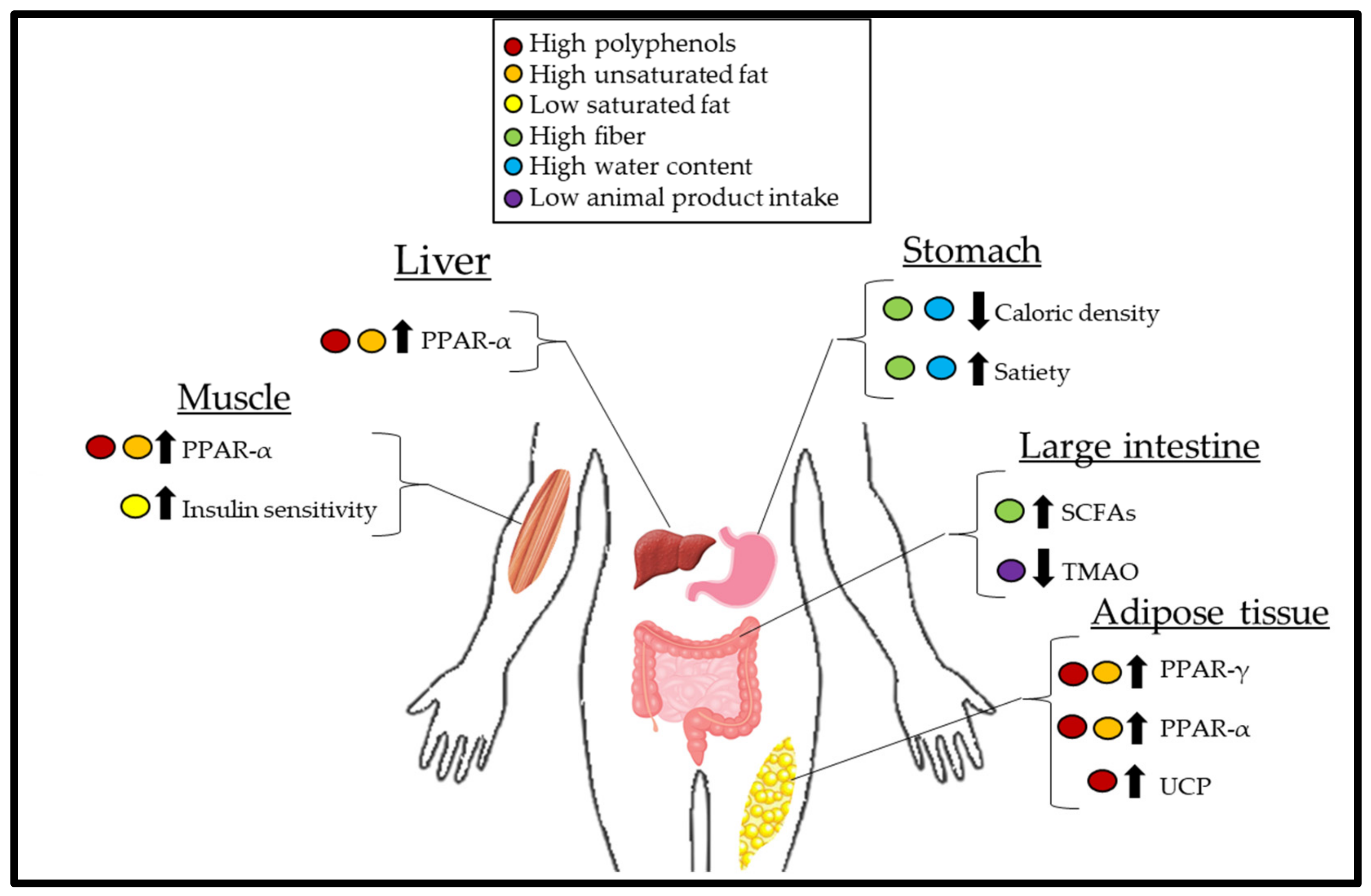
Protein is one of the most essential nutrients in a healthy vegan diet. It's available from plant-based foods like seeds, nuts and whole grains. Look out for flax, chia and hemp seeds if you are looking for more protein. They are full of essential fatty acid, protein, and disease-fighting phytonutrients. They also have antioxidant and fiber properties. Almonds, walnuts, and almonds are both very nutritious and rich in omega-3 oils. Pecans and brazilnuts also provide high levels of magnesium, vitamin A, and zinc.
Protein
You should remember that vegans will consume less protein than those who follow a traditional American diet. It is not necessarily a bad thing. However high protein diets can increase your chance of osteoporosis, kidney disease, and other health issues. Therefore, you should consider adding other foods in your plan to ensure adequate protein intake.
Calcium
When you eat vegan, it is important to get enough calcium. Many foods are fortified and contain calcium to help you get the necessary amount. Fortified yogurt contains 100g of calcium. There are also 80g servings of nuts, fruits, and seeds. You can also add one teaspoon. of dried herb in your diet.

Whole grains
Whole grains are an integral part of any vegan diet plan. They provide a wide range of nutrients. Whole grains can be used as a base for baked goods, salads and sandwiches. They can also be used to make a stir fry or curry.
Water
A healthy vegan diet includes drinking enough water. It has many benefits for your health, including lowering your risk of kidney stones and diabetes. It can reduce your risk of developing urinary tract infections or dental disease. For vegans who are making the transition to veganism, it is important to increase your fluid intake. The addition of fiber can cause unwanted digestive changes. Make sure you are drinking enough water to compensate.
Saturated fats
Saturated fatty acids are a category of fatty oils that are mostly found in animal products. But they can also be found within plant foods. These fats have been linked to heart disease and can be harmful to your health. American Heart Association recommends a daily intake of five to six percent saturated fat. A healthy vegan diet should include no more saturated fat than one-third of your daily calories. This is far less than the recommended intake for an animal product diet.
Vegetables
Healthy vegan diet plans include vegetables as an important component. They are high in vitamins as well as fiber which may lower your chance of getting certain cancers. Vegetables also provide fiber, which is important for regular bowel movements. Also, vegetables are easier to digest than animal products. If you want to lose weight, vegetables can be a good choice.

Legumes
Legumes are an excellent plant-based food. Legumes are a great source of fiber and protein. They can be added to your meal as an ingredient or side dish. They can be added to desserts.
WSLF diet
YouTubers Kristin McCowell and Alex MacDowell are very fond of the WSLF lifestyle. It is based upon leafy greens and starchy vegetables as well as whole grains. It also includes healthy fats like avocados, seeds, nuts, and avocados.
FAQ
Is cold a sign of a weak immune response?
It has been said that there are two types of people on the planet: those who love winter or those who hate it. It doesn't really matter whether you love winter or you hate it. You might wonder why you feel so bad when it's cold.
Our bodies were designed to work best in warm climates. Because of this, our bodies evolved to thrive and survive in hot climates.
Now, however, we live in a completely different environment to how our ancestors lived. We spend much more time indoors and are exposed to extreme temperatures (cold, heat) and eat processed foods instead of fresh.
Because of this, our bodies have become accustomed to extremes. That means that when we do venture outdoors, we're left feeling tired, sluggish, and even sick.
There are some ways to reduce these side effects. Keep your body hydrated. You can help flush out toxins and keep your body hydrated by drinking plenty of water.
A healthy diet is another important thing. Eating nutritious foods helps your body maintain its optimal temperature. This is especially true for those who spend extended periods of time indoors.
Finally, consider taking a few minutes each morning to meditate. Meditation can help you relax your mind, body and soul. This makes it easier to manage stress and illnesses.
What are the 7 keys to a healthy, happy life?
-
You should eat right
-
Exercise regularly
-
Sleep well
-
Drink lots of water
-
Get adequate rest
-
Be happy
-
Smile often
Why should we live a healthy existence?
Healthy living can lead to a longer and happier life. A healthy lifestyle, regular exercise and good sleep habits will prevent the development of diseases such as stroke, diabetes and heart disease.
A healthy lifestyle will also improve our mental health by helping us cope better with everyday stresses. A healthy lifestyle will help you feel more confident and younger.
What's the problem with BMI?
BMI stands for Body Mass Index. This is a measure of body fat that is calculated based on height or weight. Here is how to calculate BMI using the following formula.
Add weight in kilograms to height in meters squared.
The result is expressed as a number from 0 to 25. A score of 18.5 or higher indicates overweight, while a score of 23 or higher indicates obesity.
A person with 100 kg will have a BMI 22 if they are 1.75m tall and weigh 100 kg.
What is the ideal weight for my height? BMI calculator & chart
A body mass index calculator (BMI) is the best way to find out how much weight you should lose. A healthy BMI range is between 18.5 and 24.9. You should lose about 10 pounds each month if you are trying to lose weight. Simply enter your weight and height into the BMI calculator.
To see if you're overweight or obese, check out this BMI chart.
How does weight change with age?
How do you tell if there are any changes in your bodyweight?
A person who has less body fat than their muscle mass will experience weight loss. This means that the daily calories consumed must not exceed the energy used. Low activity levels are the leading cause for weight loss. Other factors include stress, pregnancy and hormonal imbalances. When there is more fat than muscles, it's called weight gain. It happens when people eat more calories than they use during a given day. Common reasons include overeating, increased physical activity, and hormonal changes.
Our bodies lose weight mainly because we consume less calories than what we burn. Exercise regularly increases your metabolism rate, which allows you to burn more calories every day. However, this doesn't mean that we'll necessarily get thinner; what matters is whether or not we're losing fat or gaining muscle. Weight loss is possible if you burn more calories than you consume. If we consume more calories that we burn, then we are actually storing them in fat.
As we age, we become less agile and don't move as often. We also tend not to eat as much food as we used to when we were younger. Also, we are more likely to gain weight. On the flip side, we tend to have more muscle mass so we look bigger than we really are.
Without regularly weighing yourself, it's impossible to determine how much weight has been lost. There are many ways you can measure your weight. You can also measure your waistline, your hips or your thighs. Some prefer to use bathroom weights, others prefer tape measure.
You can track your progress by weighing yourself at least once per week and measuring your waistline every month. You can also take images of yourself every few weeks to see how far it has come.
Online measurements of your height, weight and body mass can help you determine how much. For example, if your height is 5'10", and your weight is 180 pounds, then you'd probably be 180 pounds.
Increase immunity with herbs or supplements
Herbs and natural remedies can be used to boost immune function. Ginger, garlic, ginger, oregano oils, echinacea and ginkgo biloba are some of the most common.
These herbs should not be considered as a substitute for conventional medical treatment. Side effects may include nausea, diarrhea, stomach cramps and headaches.
Statistics
- In both adults and children, the intake of free sugars should be reduced to less than 10% of total energy intake. (who.int)
- The Dietary Guidelines for Americans recommend keeping added sugar intake below 10% of your daily calorie intake, while the World Health Organization recommends slashing added sugars to 5% or less of your daily calories for optimal health (59Trusted (healthline.com)
- WHO recommends reducing saturated fats to less than 10% of total energy intake; reducing trans-fats to less than 1% of total energy intake; and replacing both saturated fats and trans-fats to unsaturated fats. (who.int)
- This article received 11 testimonials and 86% of readers who voted found it helpful, earning it our reader-approved status. (wikihow.com)
External Links
How To
What does "vitamin" actually mean?
Vitamins are organic compounds naturally found in food. Vitamins aid us in absorbing nutrients from the food we eat. Vitamins are not made by the body, so they must be obtained through food.
There are two types of vitamins: water soluble and fat soluble. Water-soluble vitamins dissolve in water easily. You can find vitamin C,B1 or thiamine, B2 or riboflavin and B3 or niacin. B6 is pyridoxine. Folic acid, biotin and pantothenic are some examples. Fat soluble vitamins are stored in the liver and fatty tissue. You can find vitamin D, E K, A and beta carotene as examples.
Vitamins are classified based on their biological activity. There are eight main types of vitamins:
-
A - Essential for healthy growth and health maintenance.
-
C - vital for nerve function and energy generation
-
D - Vital for healthy bones and teeth
-
E - needed for good vision and reproduction.
-
K - essential for healthy nerves, muscles, and joints.
-
P - vital for building strong bones andteeth.
-
Q - Aids in digestion and absorption.
-
R - necessary for making red blood cells.
The recommended daily allowance (RDA), for vitamins, varies based on gender, age, and physical condition. The U.S. Food and Drug Administration sets RDA values.
For example, the RDA for vitamin A is 400 micrograms per dayfor adults 19 years or older. Pregnant mothers need 600 micrograms a day to ensure fetal growth. Children ages 1-8 require 900 micrograms per day. For infants younger than one year, 700 micrograms are required daily. However, this number drops to 500 micrograms each day for children aged 9-12 months.
Children ages 1-18years who are obese need 800 micrograms per day while those who are overweight need 1000 micrograms per day and children who are underweight need 1200 micrograms per day to meet their nutritional needs.
Children aged 4-8 who have anemia are required to consume 2200 micrograms of Vitamin C daily.
2000 micrograms daily is required for adults over 50 to maintain their general health. Women who are pregnant or breastfeeding need 3000 micrograms per day due to increased nutrient requirements.
Adults over 70 require 1500 micrograms each day, since they lose approximately 10% of muscle mass each decade.
Women who are pregnant or lactating need more than the RDA. Pregnant mothers need 4000 micrograms per daily during pregnancy and 2500 after giving birth. Breastfeeding mothers need 5000 mg per day when breastmilk is being produced.